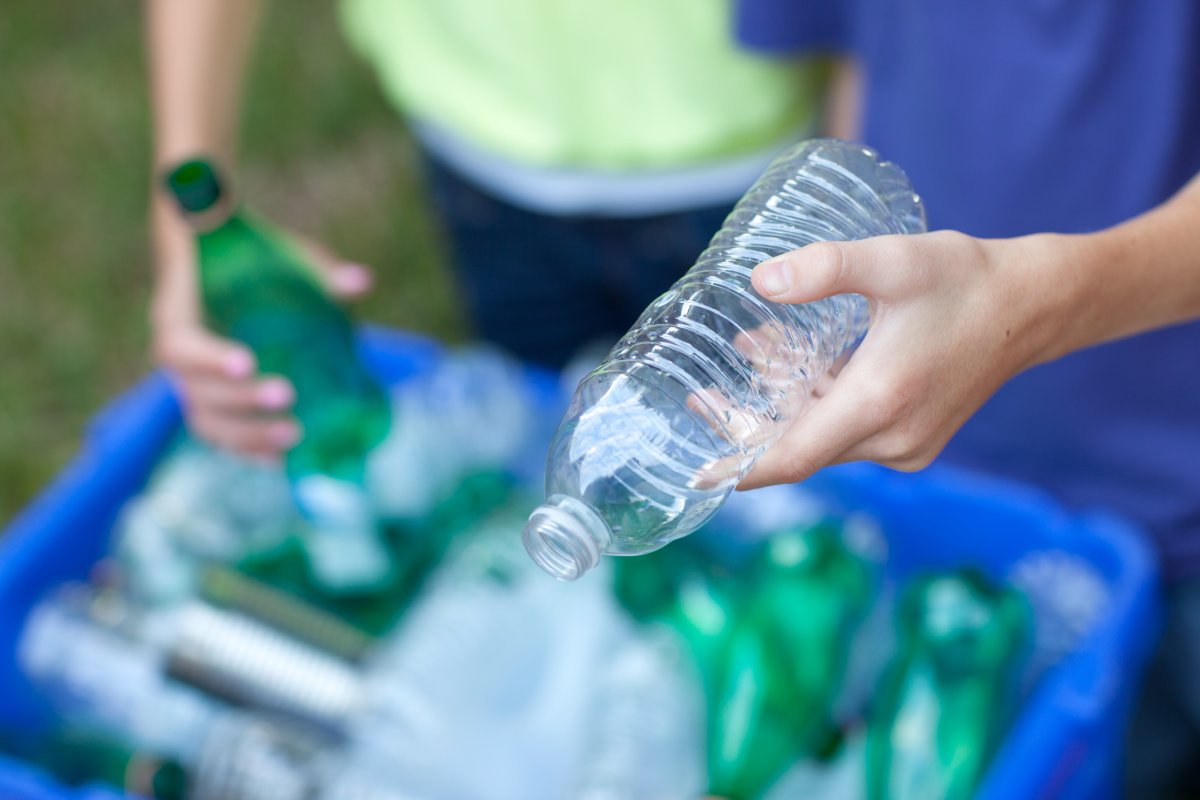Have you been wondering if recycling is real or if it is actually a bit of a scam? I have been wondering that myself.

Over the years, I’ve heard stories about recycling not really being recycled into anything, and simply being dropped off and buried at the landfill because there was no use for it.
But recycling programs keep expanding and we keep getting told how valuable the raw materials are. So, like most of you, I’ve shelved my skepticism and diligently taken my bottles to the depot, scraped the cheese off the pizza box and put the yogurt containers in the dishwasher – to do my part in providing a clean stream of product for reuse.
WATCH BELOW: Danielle Smith offers her opinion on China’s decision to change its rules around importing recyclables

Then China said it wasn’t going to accept our recyclables as of Jan. 1 and within a few days the whole world – Calgary included – are facing stockpiles of supposedly valuable recyclables that no one wants.
A reasonable person can be forgiven for wondering if recycling has been a hoax all along.
If it is so valuable, why did China go from receiving all of it to none of it overnight? Why aren’t other countries clamouring to fill the void?
I decided to ask Christina Seidel, executive director of the Recycling Council of Alberta.
LISTEN: Recycling Council of Alberta on China’s new rules for importing recyclables
It seems the approach of most places has been to skim off the best products for recycling in Canada and send the remaining, lower value, mixed materials to China – where they’ll have to deal with the problem of contamination and sorting.
Reading between the lines, it seems they’ve had enough of being taken for granted and receiving mostly other countries’ garbage.
If Canada is going to find a buyer for their recyclables, there will have to be a number of changes: less packaging, more producer-funded recycling programs, greater incentives to return higher-value items and a stronger effort to sort the different types of plastics and papers into useable streams.
What will that mean for consumers? Email me your comments at danielle.smith@corusent.com.






Comments